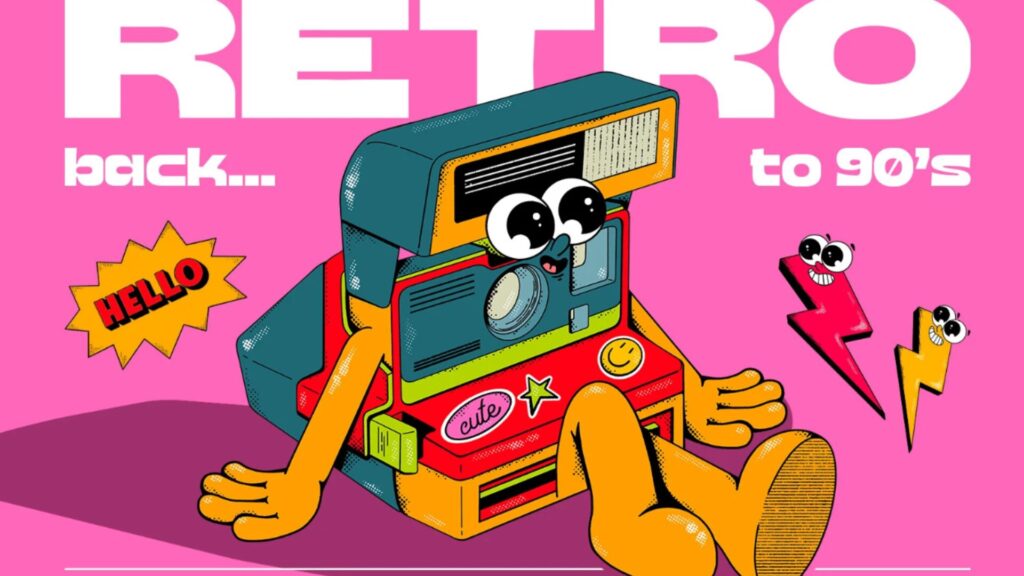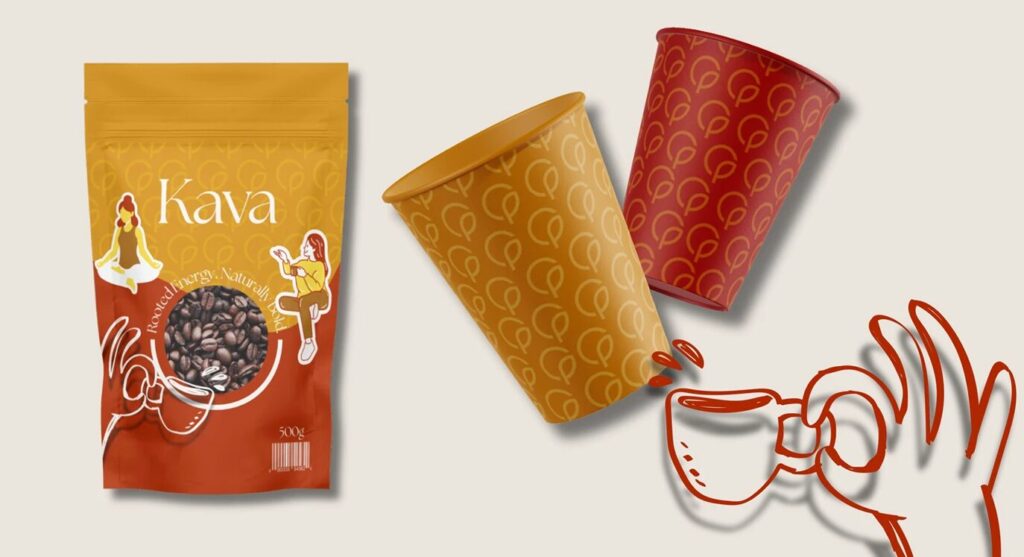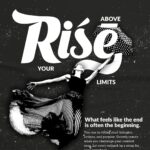From groovy gradients to pixel-perfect nostalgia, retro design is no longer a relic of the past—it’s the vibe of the future. Walk into any branding deck, ad campaign, or social media scroll today, and you’re likely to see callbacks to the 70s, 80s, 90s, and even Y2K. But what’s driving this powerful revival in visual culture?

Resources – Behance
Aesthetic Nostalgia Meets Digital Culture
In a world saturated with modern minimalism, the bold, expressive nature of retro design offers a refreshing contrast. It taps into a collective sense of nostalgia, especially among Millennials and Gen Z who grew up surrounded by VHS tapes, cassette labels, arcade games, and early internet graphics.
These styles create an emotional response, often associated with simpler times, joy, and familiarity. In short, retro design doesn’t just look good—it feels good.
Why Brands Are Betting on Retro
Big brands have started integrating retro-inspired elements to:
- Re-establish trust by reminding customers of their heritage.
- Create standout visuals in a sea of flat, sterile modern design.
- Spark conversation through unexpected vintage callbacks.
Think about Burger King’s rebrand, which reintroduced its classic 90s aesthetic—or Instagram influencers using VHS-style filters and serif typography that screams 70s magazine covers.
Design Psychology: Retro = Trust + Warmth

Retro colors like mustard yellow, burnt orange, and faded teal evoke warmth and familiarity. Paired with chunky typefaces, hand-drawn illustrations, or glitch textures, the result is a visual experience that feels both authentic and timeless.
Even in UX/UI design, retro cues like skeuomorphism (design elements that mimic real-world counterparts) are creeping back in for nostalgia-based user experiences.
How Designers Can Harness the Retro Wave
Here are a few ways to tap into the trend:
- Use vintage textures like grain, halftone, and paper folds.
- Bring back bold, curvy typefaces or slab serifs.
- Experiment with retro color palettes (look at soda cans or posters from the 70s-90s for inspo).
- Include analog UI elements (toggle switches, cassette icons, pixel fonts) for web and mobile.
The key is to balance nostalgia with modern clarity—a retro aesthetic with a 2025-level finish.
Resources: Why Retro Design Is Trending
Here’s a curated list of must-reads and references if you want to dive deeper into the retro design renaissance:
- 🔗 Creative Boom – Why Retro and Nostalgia in Design Are So Powerful
(A great overview of the emotional psychology behind nostalgic design.) - 🔗 Canva – Retro Design: Why It’s Trending and How to Use It
(Tips and visual examples of retro-inspired work and how to apply them.) - 🔗 99designs – Graphic Design Trends 2025
(Scroll to the retro revival section—includes insight into current client demands.) - 🔗 AIGA Eye on Design – The Power of Nostalgia
(A deeper cultural take on how retro design mirrors larger social trends.)
Wrap-up Tip: Retro is not about copying the past—it’s about remixing it in a way that speaks to today’s digital and emotional world. As a designer, you’re not just borrowing an aesthetic—you’re telling a story across time.
👉 For more tips and resources, stay connected with us at PARIPIXEL.COM.



